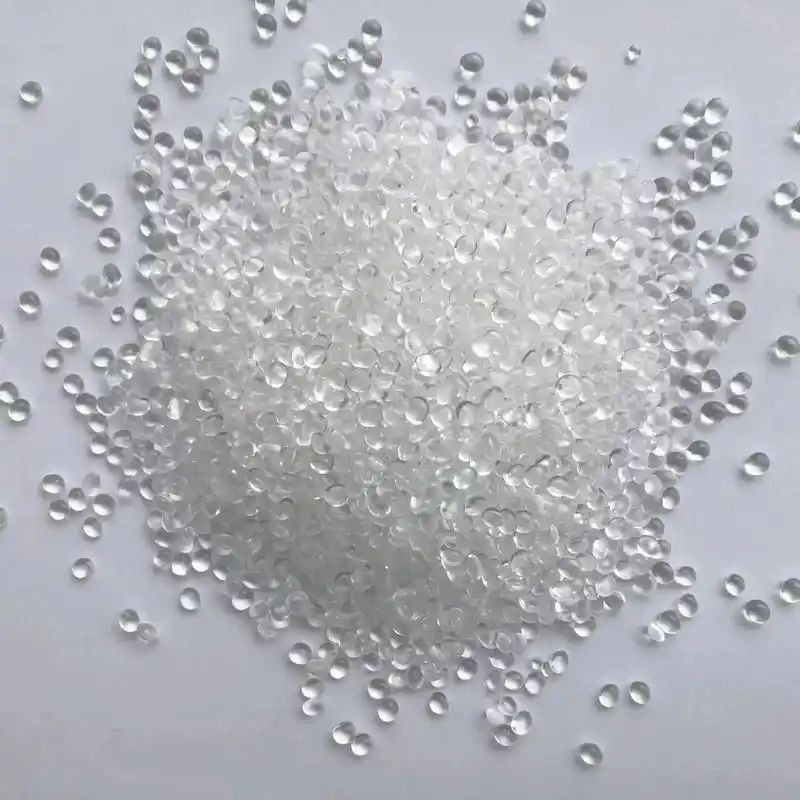Market Research : Global Automotive Hyperelastic Materials Market Value Estimated at USD 8,962 Million by 2024
Friday,17 Jan,2025
What is Hyperelastic Material?
Hyperelastic Material is a material that retains its ability to recover elastically when subjected to large deformations. It usually exhibits non-linear elastic behavior and can return to its original shape after de-loading. The mechanical behavior of the material can be described as a function of the strain energy density. Common materials include various types of rubber, silicone and some biological materials.
Types and Applications
Type:
Natural rubber: e.g. latex, provides good elasticity and abrasion resistance.
Synthetic Rubber: e.g. silicone rubber, provides higher thermal stability and chemical resistance.
Thermoplastic elastomers (TPEs): combine the advantages of plastic and rubber for applications requiring rapid molding.
Applications are distinguished in the automotive industry:
Seals and gaskets: Used in areas such as doors, windows and hoods to ensure airtightness and watertightness.
Shock absorption and cushioning materials: including interior panels, seat padding and shock absorbers in suspension systems.
Air springs: used to improve the ride comfort and handling of vehicles.
Tires: superelastic materials are used in tires to enhance durability and performance.

Market Outlook
The demand for superelastic materials in the automotive market in North America is mainly from the manufacturing of high-end and electric vehicles. The emphasis on environmental protection and sustainability in Europe is driving the demand for lightweight and high-performance materials. Countries such as Germany, France, and Italy are heavily utilizing superelastic materials in automotive manufacturing.
Asia Pacific is the largest consumer market for superelastic materials due to the rapidly growing automotive industry in countries such as China, India, and Japan, and is expected to have a market share of more than 50% by 2030. Other regions such as Latin America and the Middle East have a smaller market size but the demand is growing with the development of the automotive industry.
Based on the market analysis, the global automotive superelastic materials market is estimated to be valued at USD 8,962 million in 2024 and is expected to reach USD 12,970 million by 2031, growing at a CAGR of 5.5% during the forecast period of 2025-2031.
Industry Study Cases
Electric vehicle air springs
Tesla uses air springs made of silicone rubber in Model S to provide a better driving experience. With this material, the vehicle not only enhances comfort, but also reduces body weight and improves battery range.
Application of seals
Volkswagen uses high-performance thermoplastic elastomer seals in its new generation of models, significantly improving the vehicle's sound insulation and water resistance. This not only enhances the passenger experience, but also extends the life of the vehicle.
Expert Opinion
Dr. Maria Sanchez, Materials Scientist: “The use of superelastic materials in the automotive industry is not just about improving comfort and performance, it is an important step towards a sustainable and efficient future. Especially in the field of electric vehicles, light weight and durability are key.”
Dr. Karl Müller, Professor of Automotive Engineering: “In the future, hyperelastic materials will be more widely used in smart cars and autonomous driving technology because provide the necessary adaptability and reliability, especially in absorbing shocks and vibrations.”
Q&A.
What are hyperelastic materials?
Hyperelastic materials are materials that are able to return to their original shape even after extreme deformation, and are typically used in applications that require high elasticity and durability.
What are the main applications for hyperelastic materials in automobiles?
The major applications include seals, vibration damping materials, air springs, and tires.
What is the growth of the global superelastic materials in automotive market?
The superelastic materials market is expected to reach USD 12.97 billion by 2031, growing at a CAGR of 5.5% during the forecast period of 2025-2031.
Why is Asia Pacific dominating the superelastic materials market?
The demand for high performance materials has increased due to the rapid growth of the automotive industry in Asia Pacific, especially in China and India.
What is the potential of superelastic materials in future automotive designs?
Their potential to enhance vehicle comfort, safety, and efficiency is huge, especially in the development of electric vehicles and autonomous driving technologies.

